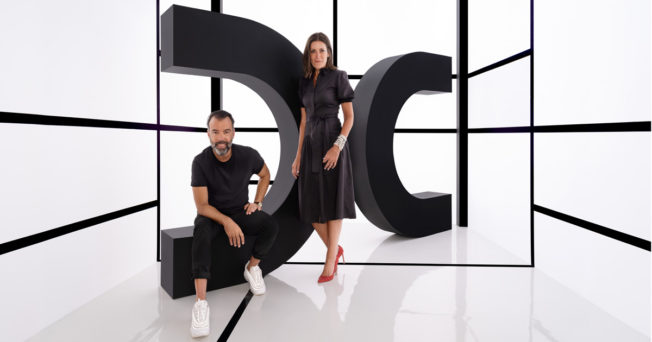Don't miss ADWEEK House at Cannes, June 16-19. Join us as we celebrate our 45th anniversary and explore the industry's now and next. RSVP.
When Fred Levron joined Dentsu as the global chief creative officer in November last year, he had a mammoth task ahead of him.
Reinvent the creative network.
Dentsu International has been on a path of consolidation, taking over 160 agency brands and reducing them to just a handful. Levron and CEO Wendy Clark are using this opportunity to revamp its creative offerings to think about what Dentsu could look like if they started from scratch.
“If you had to create a global creative network in 2022…made for the modern age, the current media landscape, client needs and made for today and tomorrow, what it would look like?” Levron posited in a conversation with Adweek.
The result is Dentsu Creative, the amalgamation of global agency brands DentsuMB, Isobar and U.S.-based

WORK SMARTER - LEARN, GROW AND BE INSPIRED.
Subscribe today!
To Read the Full Story Become an Adweek+ Subscriber
Already a member? Sign in

